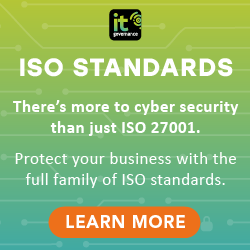Certified medical coders or medical coding specialists are part of the healthcare information technician team and perform the important task of converting written text on medical reports into a series of universally understandable and recognized numeric codes.
The emphasis is on the term “universally understandable and recognized.” Because they use a universal classification system to assign numeric codes to the diagnostic tests, treatments, and other clinical procedures that are performed on patients, health insurance carriers are able to interpret the documents medical coders prepare and disburse payments accordingly.
These documents are also important for doctors and other primary healthcare practitioners to communicate with each other; understand the stage of treatment a patient is in; leave instructions for support staff; and take necessary follow-up action.
If what you have read so far sounds even a little bit interesting to you, here’s a step-by-step guide on how to become a certified medical coder:
1. Learn about the profession: It’s good to assemble as much information as possible about the profession you are interested in so you can make an educated decision. Find out details like the nature of work, entry requirements, job opportunities, benefits and compensation, advancement opportunities etc. that certified medical coders enjoy. Spend lots of time on the Internet to assimilate any and all information that might be useful for you. No one will grudge you the long hours in front of a computer if it’s the question of your future.
2. Start preparing in high school: If you are still in high school or just about to start, it may be a good idea to prepare for postsecondary education in medical coding by taking courses in math, biology, chemistry, health science, nutrition, etc.
3. Choose a medical coding training program: This is the step where you’ll have to take a call between a college degree and a vocational training program in medical coding. There are pros and cons of both the options. For example, a vocational training program may be more flexible, affordable and shorter in duration. Going to college, on the other hand, can be expensive but leads to a very important piece of document called a degree at the end of two (or four) years.
4. Complete your coursework: Whichever route you choose to become a certified medical coder, make sure you are happy with your decision and then fling yourself with gusto in to the coursework. A medical coding program typically includes coursework in medical terminology, physiology, anatomy, healthcare reimbursement system, medical record types, coding and classification system, etc. Ideally, your training program should also include some hands-on practical experience in medical coding.
5. Get medical coding certification: This is the culmination point of your journey to becoming a certified medical coder. Different organizations have different requirements for granting certification. The American Health Information Management Association (AHIMA) grants certifications like the Certified Coding Associate (CCA) and Certified Coding Specialist (CCS). Medical coding certifications granted by the American Academy of Professional Coders (AAPC) include Certified Professional Coder (CPC), Certified Professional Coder – Outpatient Hospital (CPC-H), etc. Find out details about the prerequisites for the certification you want to obtain; pick a suitable date to sit for the examination; pass the exam and you have become a certified medical coder ready to conquer the world of medical coding!


